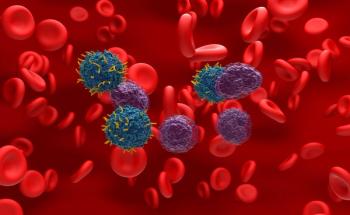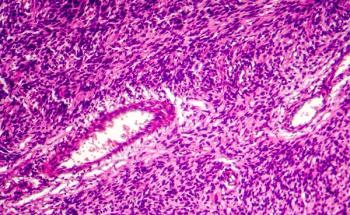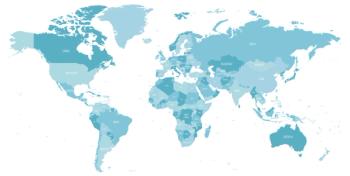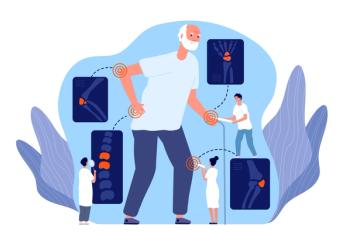
Managing COVID-19 via Telehealth: How Innovaccer's Self-assessment Tool Assists Patients in Determining Severity Risk
During the coronavirus disease 2019 (COVID-19) pandemic, Innovaccer’s free to use COVID-19 Management System promotes the ability for patients to implement self-assessments to determine severity risk, which could prove crucial in at-risk, under resourced populations.
During the
As the first state to report a case and death of COVID-19 in the United States, Washington has served as one of the worst-hit areas nationwide. To assist patients in this difficult time, Physicians of Southwest (PSW), a medical group based out of Olympia, Washington, have recently partnered with Innovaccer to employ their novel system to patients, which has also been deployed in the
In an interview with The American Journal of Managed Care®, Tamra Ruymann, MBA, chief of digital health at PSW, discussed the current state of physician practices amid the pandemic, as well as, providing input on how the COVID-19 Management System has assisted the organization’s independent physician network.
“The state healthcare system is struggling with and working to rectify its ability to provide testing with timely results, procure personal protective equipment for healthcare workers and patients, and implement new workflows supporting innovative patient care,” said Ruymann. “As an Innovaccer platform user, our population health care management department was provided two COVID-19 dashboards. These dashboards provide details on both confirmed and highly likely cases as well as high risk patient identification.”
In explaining Innovaccer’s COVID-19 Management System, Ruymann said that the assessment can be provided to a patient via text message or can be done verbally through the phone. While similar to the
Ruymann notes that by deriving each independent clinic’s patient risk information, PSW’s care management team is working to implement remote patient monitoring and services to promote preventive care. “With the high-risk patients our care team is performing outreach to those most vulnerable and offering assistance with items like medication, grocery, and pet food delivery. We are able to identify patients with multiple comorbidities and assist with everyday necessities in order to allow them the ability to remain at home therefore reducing their risk of exposure,” said Ruymann.
Ruymann highlighted that as a pre-built assessment tool, the system could be further expanded to address other patient needs. “This could allow limited access rural healthcare clinics the ability to monitor diabetic patients regularly through virtual visits and data as an example,” said Ruymann. “In addition, if a patient does not have access to technology, the clinic can offer services using computers onsite without the need of the clinicians to be in office. With this capability, there is the opportunity to reduce the cost of care throughout the nation for our rural populations and at the same time improve the populations outcomes.”
As patient demand for
“The ability to utilize telehealth to connect with our patients allows for engagement which provides assurances that cannot be done otherwise. The use of our care management team to assist with social determinants of health issues as described earlier (medication, grocery and pet food delivery) and the ability to deploy remote patient monitoring for those recovering in the home are all models that I would consider innovative with the ability to provide excellent outcomes,” said Ruymann.
Newsletter
Stay ahead of policy, cost, and value—subscribe to AJMC for expert insights at the intersection of clinical care and health economics.














































